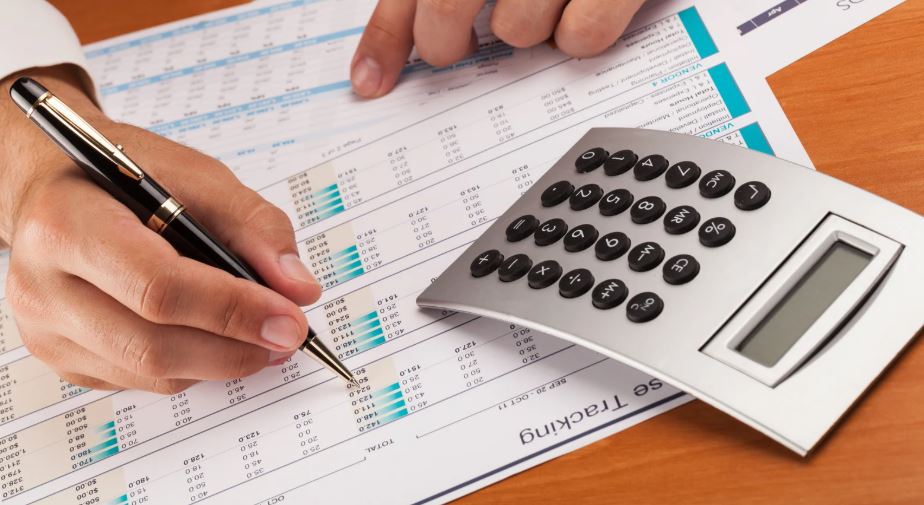Table of Contents
ToggleBanking apps could show confusing numbers. Every day, business owners make decisions based on balances that don’t reflect reality, leading to overdraft fees and bounced payments. The root of this chaos stems from misunderstanding what a ledger balance is and what you can actually spend.
Banks track two different numbers: one official, one spendable. Understanding the ledger balance definition transforms how you manage money, eliminates costly surprises, and gives you real control over your business finances.
What is a Ledger Balance?

The ledger balance definition is straightforward: it represents the amount of money in your bank account at the end of the previous business day. It reflects only cleared deposits and withdrawals transactions that have fully posted to your account.
Think of it as a financial snapshot from yesterday. It’s useful for record-keeping and reconciliation, but doesn’t reflect real-time activity.
For example, if your ledger balance is $5,000 and you made a $1,200 payment this morning, that payment won’t be reflected until the transaction clears and posts to your account.
This delay creates a gap in visibility. If you’re managing tight cash flow, that outdated view can lead you to overspend or miscalculate availability. Many accounting tools use the ledger balance as a base, but smart businesses also track what’s happening in real time.
What is an Available Balance?
In contrast, your available balance updates continuously and reflects the funds you can actually access right now. It accounts for pending transactions such as:
- Authorized debit or credit card purchases
- Pending deposits or withdrawals
- Bank holds or transfers in transit
- Merchant-placed holds
This real-time number is your live financial dashboard. So if you grab lunch, send a wire transfer, and deposit a check in the same afternoon, your available balance updates with each action, unlike your static ledger balance.
Understanding the difference between available and ledger balances is critical when you’re managing cash flow on a daily basis. It’s the only way to know what you can safely spend without risking an overdraft or declined transaction.
Key Differences Between Ledger Balance and Available Balance

Understanding the distinction between these two balances is vital. Here’s a clear comparison:
| Ledger balance | Available Balance |
| Based on posted, cleared transactions | Includes pending transactions |
| Updates once daily | Updates in real time |
| Useful for monthly reconciliation | Useful for day-to-day spending decisions |
| Can mislead spending accuracy | Reflects the actual financial position |
Relying on your bank ledger balance to guide purchases is like checking yesterday’s weather to decide what to wear today; informative, but not reliable for current decisions. It provides a solid historical reference but lacks the precision needed for fast-moving financial decisions.
Why Understanding the Difference is Critical?
For consumers, this mix-up might result in an overdraft fee or a declined card swipe. But for small business owners, the stakes are significantly higher.
According to Forbes, overdraft fees and bounced payments stemming from poor cash visibility are among the top financial pain points for business operators.
Misinterpreting your bank ledger balance can cause:
- Overspending funds already earmarked for pending payments
- Missed payroll or supplier obligations
- Cash flow miscalculations
- Strained business relationships
Practical Tips for Managing Ledger and Available Balances
You don’t need to be a financial expert to stay on top of your account balances. These tips can help you avoid common pitfalls:
- Track both balances: Use your ledger balance for monthly reconciliation and your available balance for day-to-day decisions.
- Understand bank cut-off times: Know when your bank stops processing daily transactions so you’re not surprised by delays.
- Reconcile frequently: Daily reconciliation, especially for small businesses, helps you stay proactive.
- Use forecasting tools: Platforms like Cash Flow Frog sync with software like QuickBooks and Xero, giving you real-time clarity and financial predictions.
- Don’t rely on pending deposits: Until they clear, consider those funds unavailable to avoid accidental overspending.
- Build a financial buffer: Always allow time for transaction settlements before reallocating those funds.
- Educate your team: Anyone with spending authority should understand which balance shows your true available cash.
Even reputable publications like the New York Times emphasize the importance of real-time account monitoring to avoid costly mistakes and maintain healthy financial practices.
Conclusion
The difference between ledger balance and available balance isn’t just a banking technicality; it’s a cornerstone of sound financial decision-making.
Your bank ledger balance tells you where you stood yesterday. Your available balance tells you what you can spend today.
By making this distinction part of your financial habits and leveraging tools like Cash Flow Frog, you avoid overdrafts, make smarter decisions, and build long-term financial stability.




